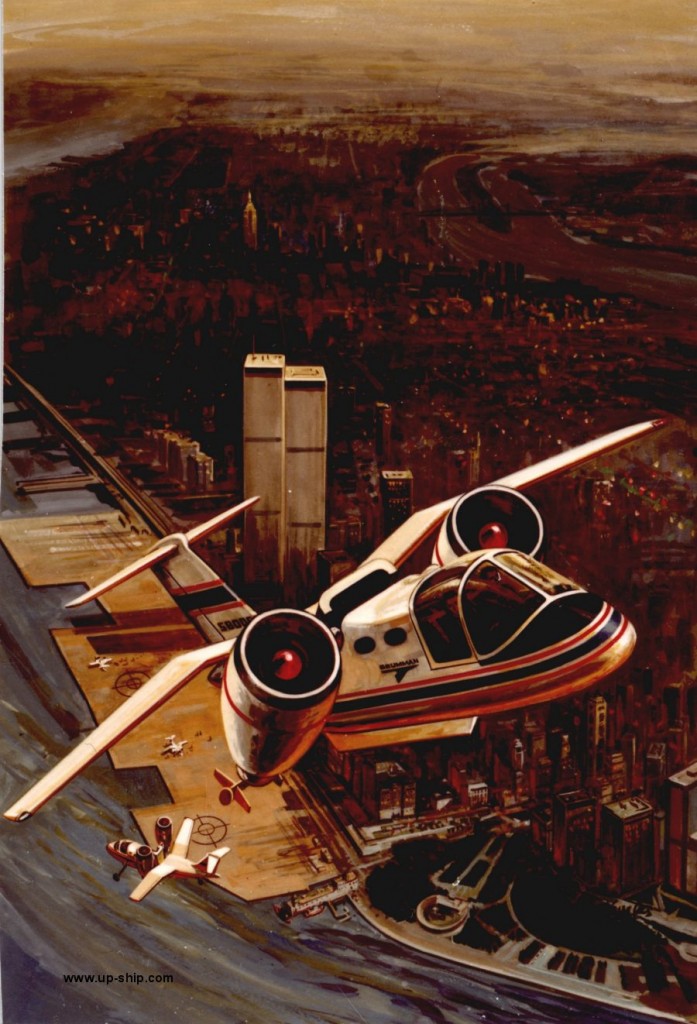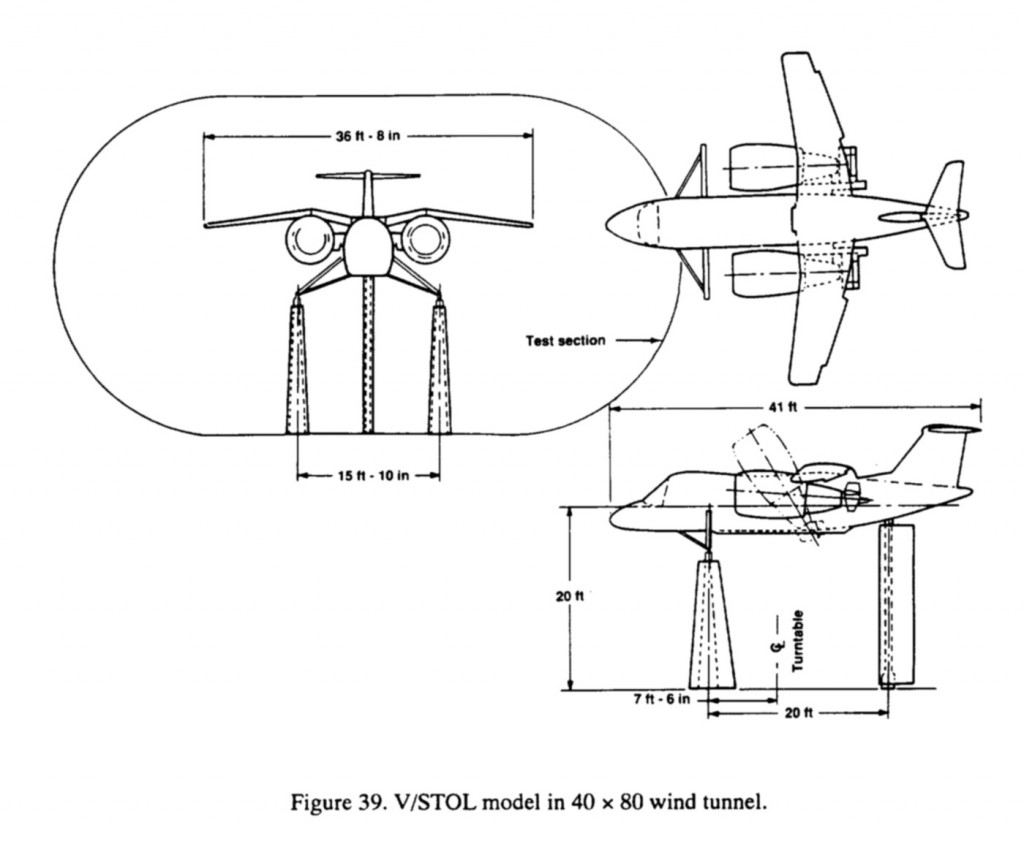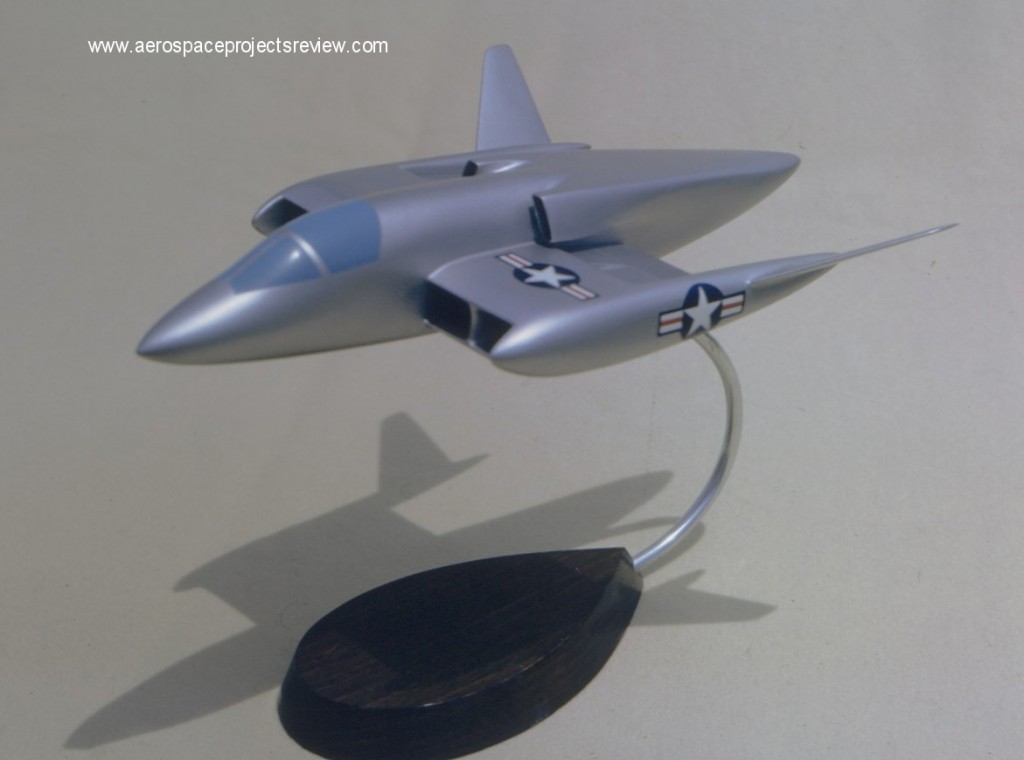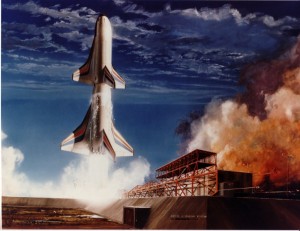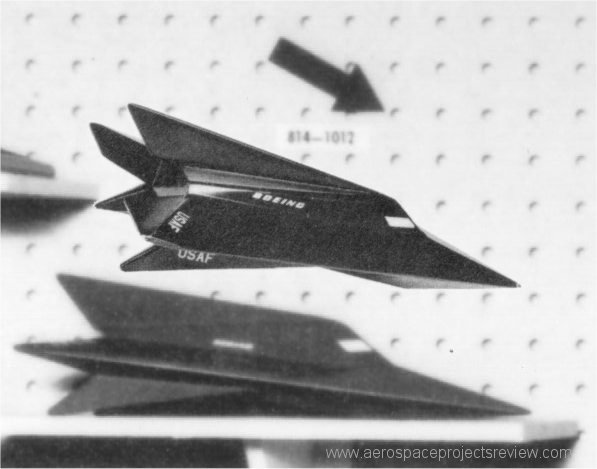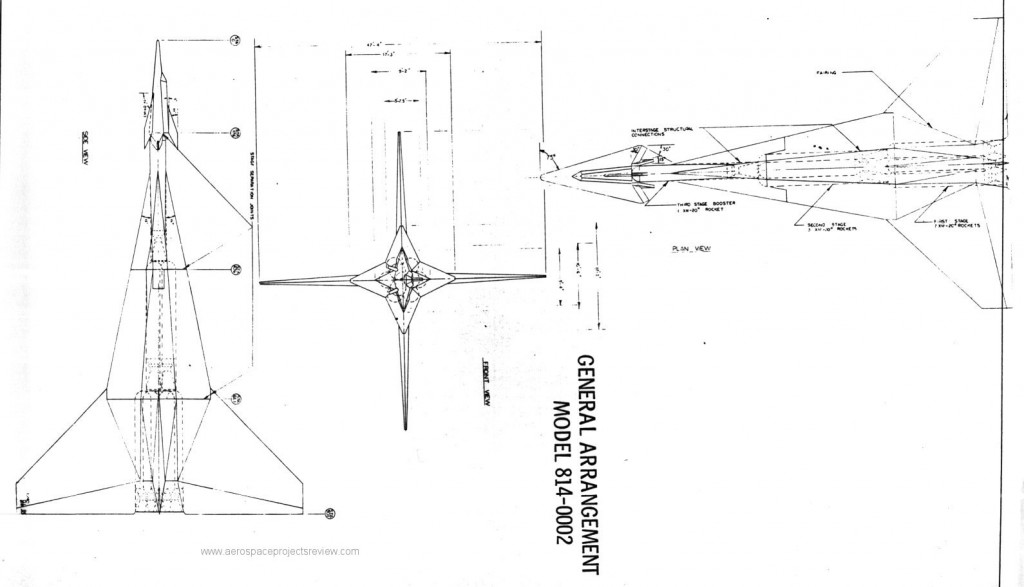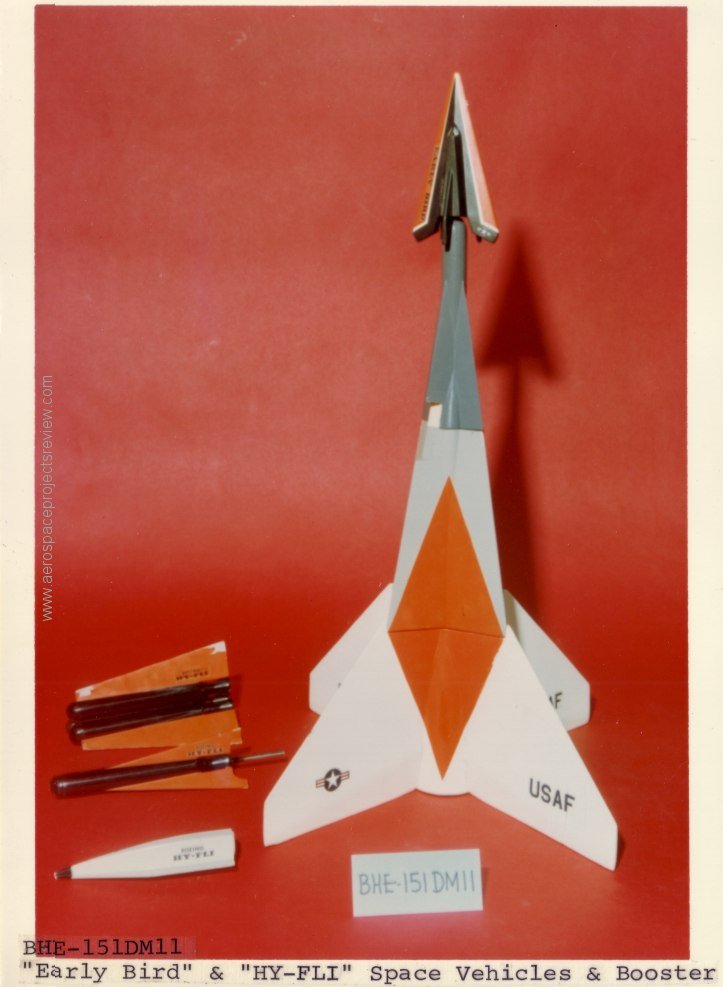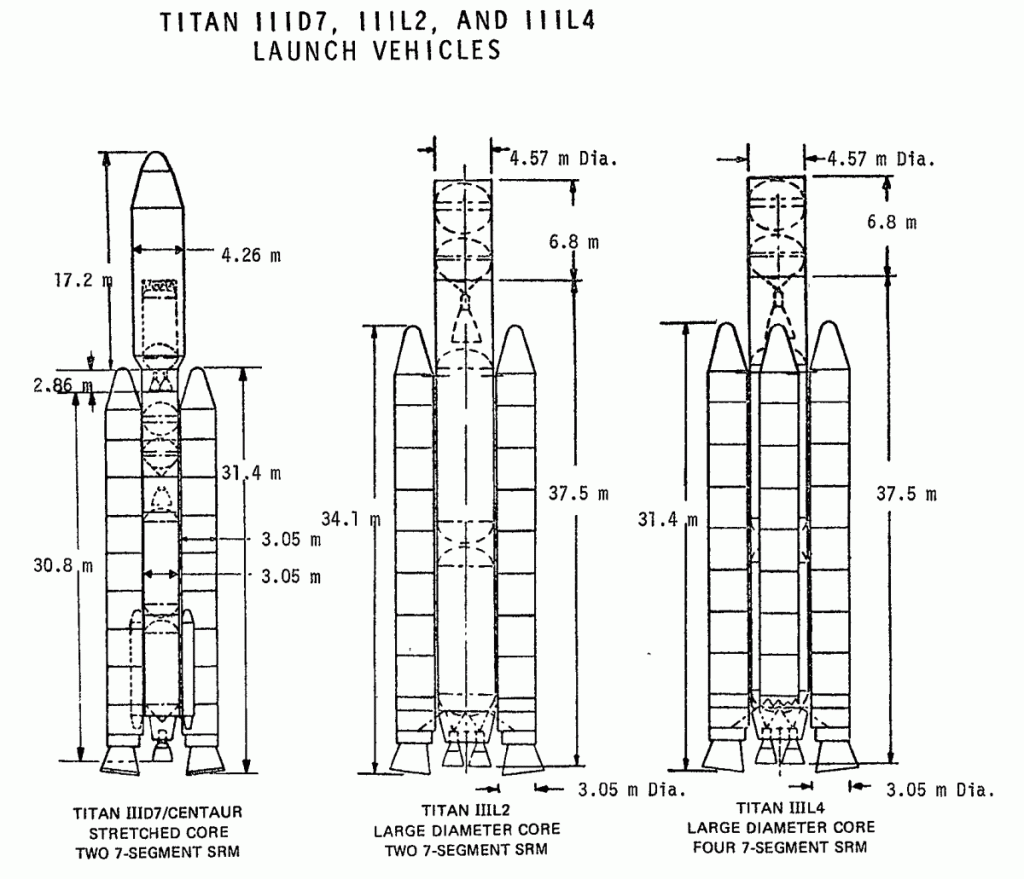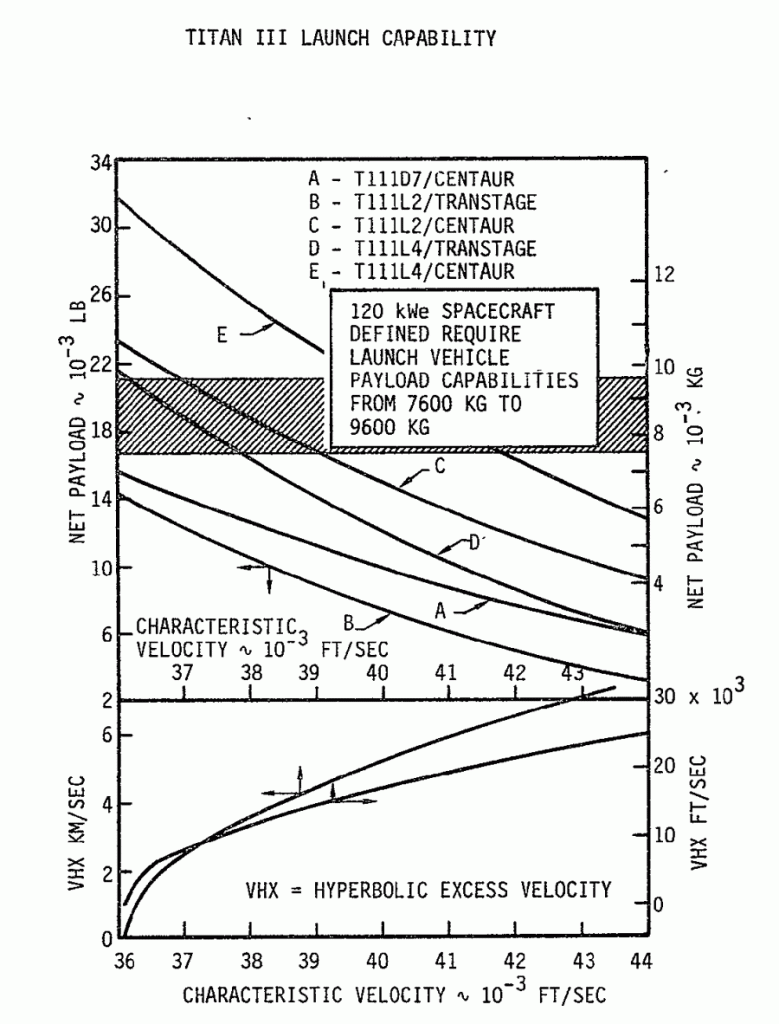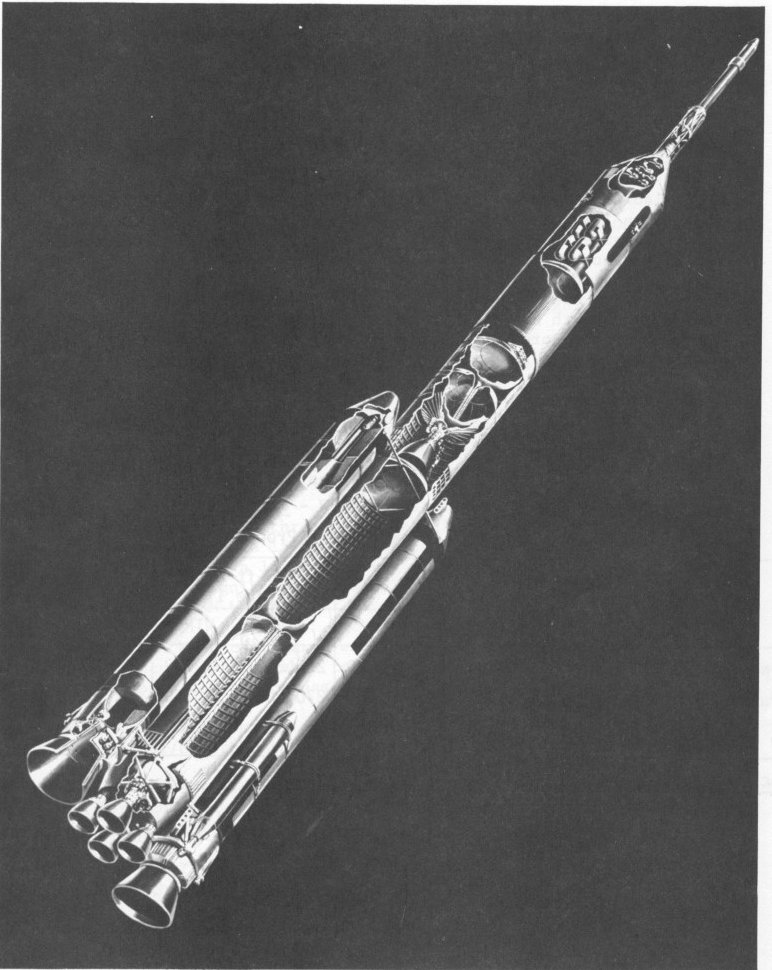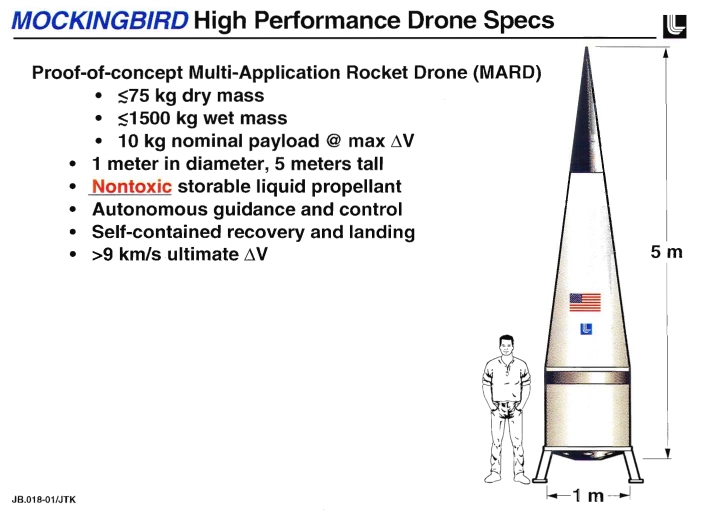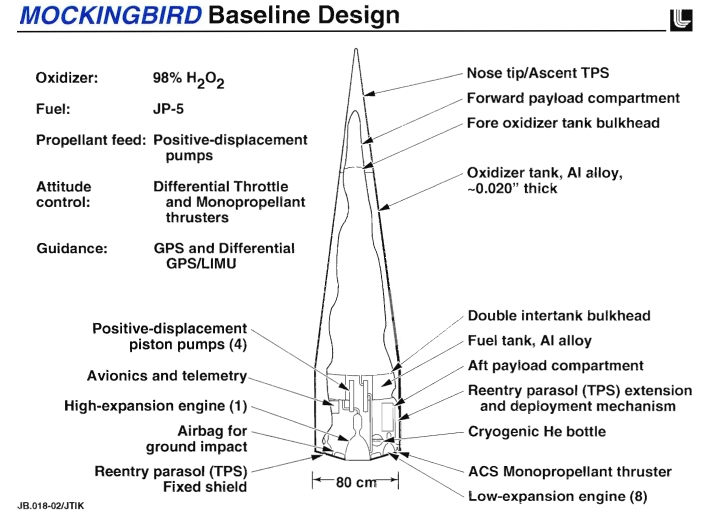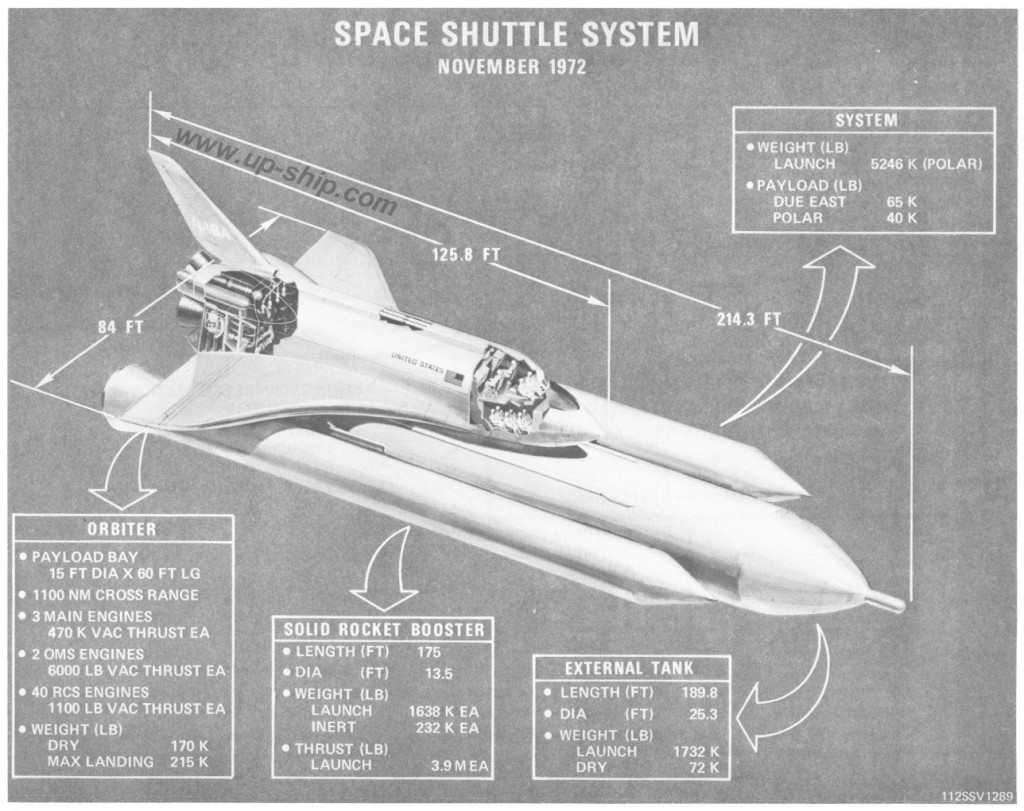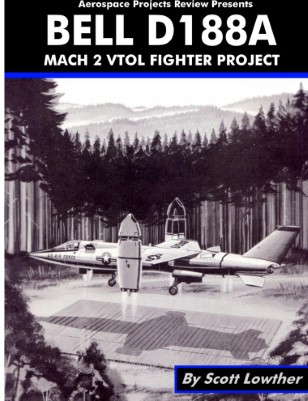The Grumman 698 was a mid-1980s concept for a VTOL aircraft. Several somewhat different versions were produced, including a canard design; but all shared the same basic propulsion system. One or two turbofans would be mounted on either side of the fuselage, and given the ability to tilt through more than 90 degrees. This allowed the craft to take off vertically and fly horizontally at high speed. Aerodynamic control surfaces were mounted in the jet exhaust to provide roll, pitch and yaw control at low speed. A full scale powered model was tested in the NASA-Ames 40 X 80 foot wind tunnel, and a lot of art was produced.
————
Two variants of the same piece of art. These were scanned from photos of the actual paintings; one is clearly cruder than the other, and probably represents a preliminary “sketch” in advance of the final piece.
———-
The Grumman 698 as a rescue aircraft, snagging a pilot in mid parachute descent. How the rescue plane just happened to be where it would be needed is unknown.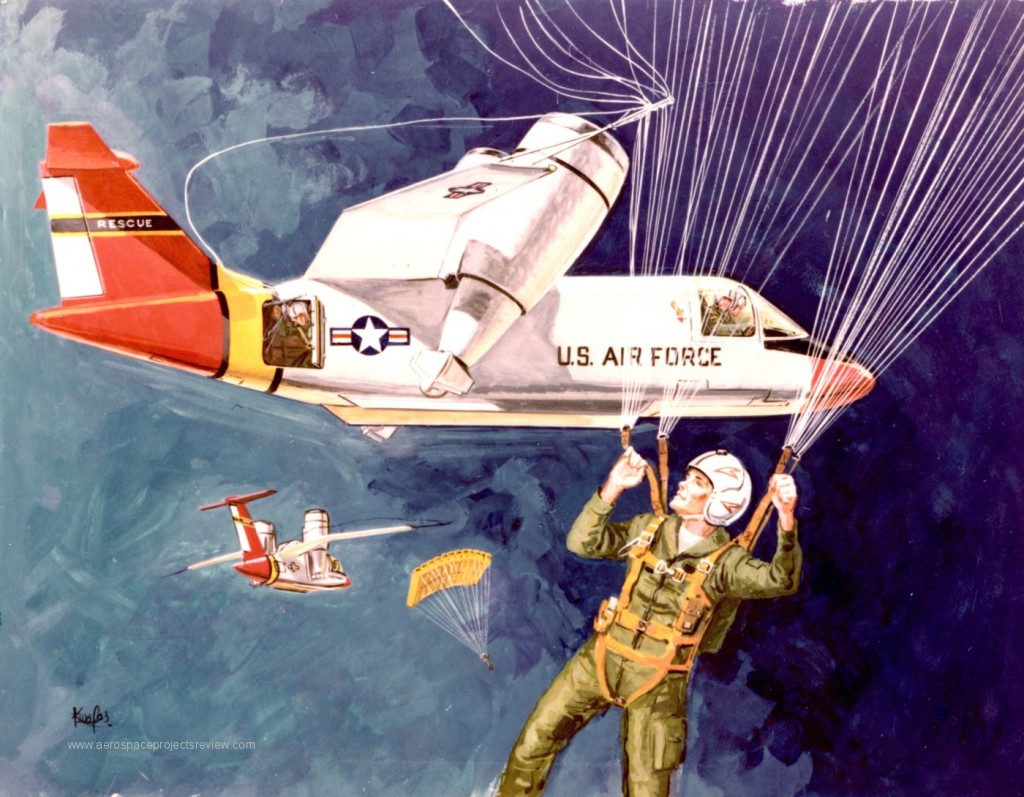
———-
A Grumman 698 landing on an oil rig. This is the sort of role that only helicopters can currently fulfill.

